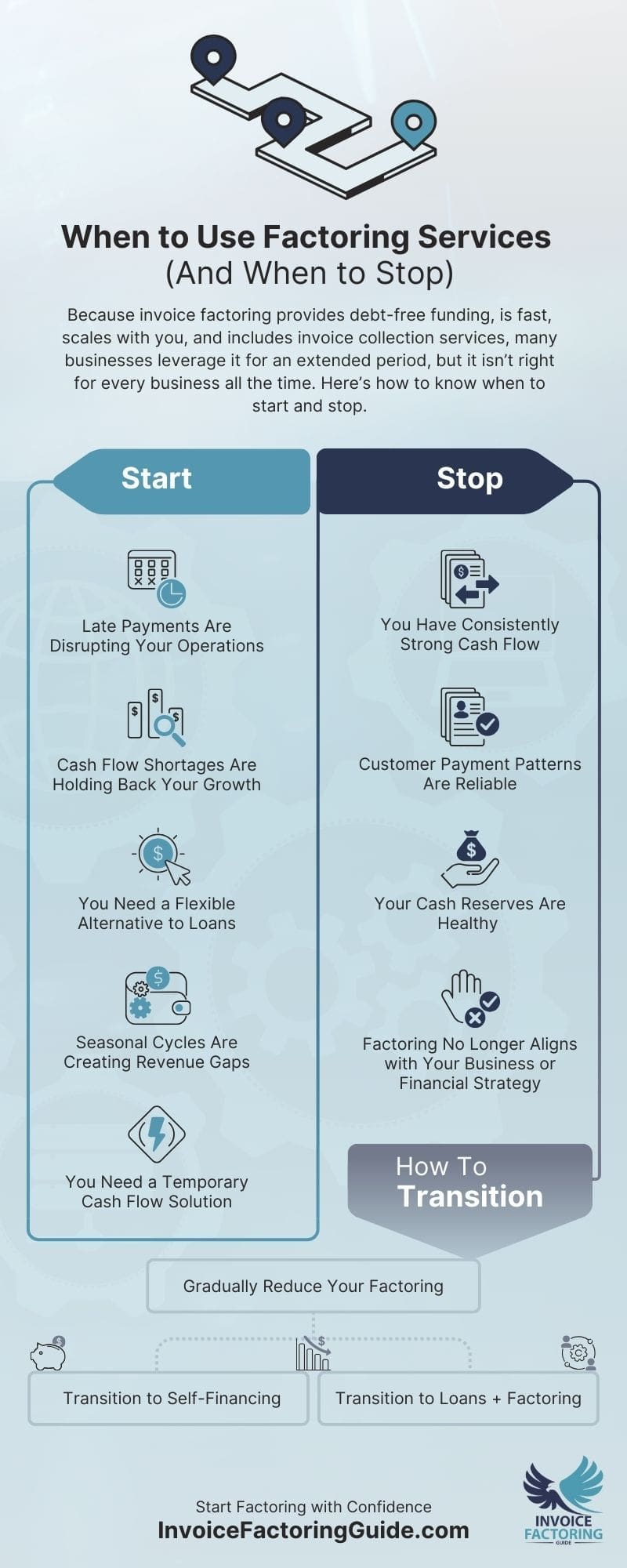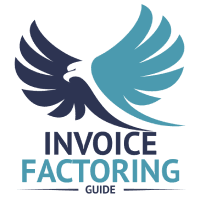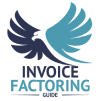
It’s often said that once you start factoring, it’s impossible to stop. Your business becomes dependent on it. In reality, the greatest threat to your business is cash flow problems. It’s not a lack of profitability. It’s not operational challenges. It’s not any of the other hundreds of challenges your business faces on a daily basis. Simply put, when the money runs out and you can’t find other ways to stay afloat, it doesn’t matter if a client is going to pay you in two weeks. That’s the value of invoice factoring. Moreover, there are clear and proven methods that help you move away from factoring when your business is ready. In this guide, we’re going to walk you through when to use factoring services, signs your business may be ready to transition away from it, and how to make that transition without creating friction.
When to Use Factoring Services

Most businesses require external funding at some point, whether due to cash flow shortages or growth aspirations. Although traditional business loans tend to be the go-to solution in these situations, they’re not always accessible to small businesses and come with long-term payment schedules and interest that can overburden companies with debt.
If you’ve started recognizing cash flow problems in your business, factoring may be the alternative you’re looking for. Instead of waiting weeks or months for your customers to pay their invoices, you can sell them to a factoring company at a slight discount.
When you factor, most of an invoice’s value is released to your business right away, with the remaining sum, minus a small factoring fee, sent to you after your client pays. It’s fast, simple, and debt-free, but it’s not right for every situation. Let’s take a quick look at some scenarios when invoice factoring is beneficial.
Late Payments Are Disrupting Your Operations
Just 42 percent of B2B invoices are paid on time, according to Atradius research. When customer payments don’t arrive on time, day-to-day business functions suffer. Payroll may be delayed, supplier accounts can fall past due, and production schedules might need to be adjusted. If vendors tighten payment terms or employees start looking elsewhere for job security, the problem compounds, leading to even greater instability.
Operational slowdowns can be costly, but they are avoidable. Factoring allows you to access the funds tied up in unpaid invoices, keeping essential business functions running smoothly. With reliable cash flow, you can maintain vendor relationships, keep employees paid on time, and prevent disruptions that impact productivity.
Cash Flow Shortages Are Holding Back Your Growth
Eight in ten small business owners say they’ve experienced cash flow issues in the past 12 months, Xero reports. The results of this can be catastrophic, as 82 percent of small business failures are directly tied to cash flow management problems, according to the U.S. Chamber of Commerce. But, even when we’re not looking at these worst-case scenarios, we know that growth opportunities do not wait for late payments. Whether you are hiring, expanding operations, or taking on bigger contracts, you need cash on hand to move forward. If most of your revenue is tied up in unpaid invoices, you may have to delay those plans or turn down new business simply because the timing does not align with your receivables.
Businesses using factoring for growth often apply it to fund payroll, invest in equipment, or ramp up production to meet increasing demand. Using factoring for business expansion can also mean investing in marketing or research and development—the sky’s the limit. How you put your factoring advance to work is totally up to you.
You Need a Flexible Alternative to Loans
Taking on debt to fuel growth can be risky. Loans come with fixed repayment schedules, interest costs, and strict approval requirements that may not align with how your business is expanding. Plus, just half of all small businesses that apply for loans are fully funded, according to the latest Small Business Credit Survey. If you are landing bigger contracts, hiring more employees, or scaling operations, you need an accessible funding solution that grows with you.
That is why many businesses turn to strategic factoring for scalability. Since the amount of funding is tied to your sales, factoring automatically adjusts as your business expands. The more invoices you generate, the more working capital you can access without taking on new debt or renegotiating terms. With a steady stream of cash flow, you can scale confidently, knowing your funding keeps pace with your growth.
Seasonal Cycles Are Creating Revenue Gaps
Seasonal businesses know the challenge well—one month, cash is flowing, and the next, revenue slows to a trickle. Expenses do not stop just because sales dip, and waiting for customers to pay can make it even harder to manage off-season costs or prepare for the next busy cycle.
Businesses leveraging factoring for seasonal needs use it to keep cash flow steady year-round. Instead of scrambling to cover costs in the off-season or turning down opportunities because of tight cash reserves, factoring ensures you have the working capital to keep operations running smoothly, no matter the time of year.
You Need a Temporary Cash Flow Solution
Your business may not need to use factoring long-term. Some only use it to solve a short-term challenge, like covering expenses while waiting on a large payment or stabilizing cash flow during a period of rapid growth.
Businesses that take a temporary factoring strategy approach can use it as a bridge, ensuring they have enough working capital to stay on track without committing to long-term financing. Once cash flow evens out, you can transition away from factoring and rely on your own reserves.
When to Stop Using Factoring
Factoring is a powerful tool for improving cash flow, but it is not something every business needs forever. You may reach a point where the benefits no longer outweigh the costs. Knowing the signs to stop factoring can help you determine whether it is time to move toward self-financing or another funding strategy. If you are noticing the signs your business no longer requires the factoring services below, it may be time to start transitioning away from it.
You Have Consistently Strong Cash Flow
Factoring helps businesses bridge cash flow gaps, but if those gaps no longer exist, it may not be necessary. If your revenue consistently covers payroll, supplier payments, and operating expenses without relying on advances from invoices, your business may be in a position to transition away from factoring.
Customer Payment Patterns Are Reliable
Many businesses use it to manage cash flow when payments are unpredictable, but once you can reliably forecast when revenue will come in and it is sufficient to cover your needs, you may not need to advance funds against your invoices anymore.
Your Cash Reserves Are Healthy

Factoring helps businesses cover expenses when cash flow is tight, but if you have built a strong financial cushion, it may no longer be necessary. A healthy reserve means you can manage unexpected costs, cover payroll, and keep operations running without relying on advances from invoices. If your business can sustain itself through slower periods without cash flow concerns, it may be time to move away from factoring.
Factoring No Longer Aligns with Your Business or Financial Strategy
Factoring is prized for its many benefits, such as flexibility and scalability, as well as its ability to make cash flow more predictable and provide immediate capital without creating debt. It also comes with perks like collections services, which can save time and money. For these reasons, many businesses stay with factoring even after qualifying for traditional financing. But if you have found a more suitable solution that better aligns with your current needs, reducing reliance on factoring or transitioning away may make sense.
How to Transition Away from Factoring
At some point, your business may no longer need factoring. Whether your cash flow has stabilized, your financial strategy has changed, or you have found another funding solution, planning ahead ensures a smooth shift without disrupting operations.
Start by Gradually Reducing Factoring Dependency
Cutting off factoring too soon can leave your business struggling to cover expenses. Instead, a gradual approach allows you to test whether your cash flow can support operations without advances from invoices.
Start by factoring a smaller percentage of your receivables while monitoring your ability to meet financial obligations. If cash flow remains stable, continue reducing the amount you factor over time. This step-by-step approach ensures a smooth transition without unnecessary financial strain.
Moving From Factoring to Self-Financing
As factoring plays a smaller role in your business, the next step is transitioning to self-financing. This means ensuring your cash flow is strong enough to cover expenses without relying on advances from invoices.
How to transition to self-financing as cash flow stabilizes will look different for every business, but the goal remains the same: ensuring you can consistently meet financial obligations without factoring. A strong financial foundation allows you to phase it out confidently and operate on your own terms.
Businesses moving from factoring to self-financing often focus on building cash reserves, improving receivables management, and negotiating better payment terms with customers. Strengthening these areas will help you maintain steady working capital.
Factoring and Loans: A Hybrid Approach
Some businesses continue factoring even after securing traditional financing because the two can complement each other. Loans provide long-term capital for major investments while factoring offers immediate cash flow to cover day-to-day expenses.
By combining factoring with loans, your business can maintain financial flexibility by using loans for planned growth and factoring as a cash flow tool when needed. This approach can allow you to avoid taking on excessive debt while ensuring you always have access to working capital.
Start Factoring with Confidence
Making the right financial decisions starts with understanding your options. Whether you are looking to stabilize cash flow, support growth, or reduce reliance on credit, factoring gives you the flexibility to move your business forward. To explore how it fits into your business strategy, request a free factoring quote.
FAQs on When to Use Factoring Services
When should a business use factoring instead of a loan?
Factoring is a better option when you need quick access to cash without taking on debt. Unlike loans, which have fixed repayments and interest, factoring allows you to advance funds based on outstanding invoices. It is ideal for businesses experiencing cash flow gaps due to slow-paying customers.
Is factoring a good short-term solution for cash flow problems?
Yes, many businesses use factoring as a temporary cash flow solution. It provides immediate funding while waiting for customer payments, making it easier to cover expenses. Once cash flow stabilizes and reserves are built, businesses can reduce reliance on factoring or transition to self-financing.
At what stage of business growth does factoring make sense?
Factoring benefits businesses in growth stages where cash flow cannot keep up with demand. Whether you are a startup securing new contracts or an established company scaling operations, factoring helps bridge cash flow gaps, allowing you to reinvest in expansion without waiting on customer payments.
How do I know if factoring is still the right choice for my business?
If your business still experiences cash flow shortages, long customer payment cycles, or relies on advances to cover expenses, factoring remains a useful tool. However, if you have built cash reserves and can manage receivables independently, it may be time to consider self-financing.
When should a business stop using factoring?
If you have strong cash flow, customers pay reliably, and you have enough reserves to cover expenses, factoring may no longer be necessary. Businesses that qualify for lower-cost financing or can operate without advances may choose to transition away from factoring gradually.
How can a business transition away from factoring once cash flow stabilizes?
A gradual approach works best. Reduce the percentage of invoices factored while monitoring cash flow. Strengthen reserves, optimize receivables management, and ensure customers pay on time. If your business can consistently cover expenses without factoring, you can phase it out completely.
How can factoring be used for short-term cash flow challenges?
If your business is facing a temporary cash crunch, adjusting your factoring strategy for short-term cash needs can provide a quick solution. By factoring only select invoices when necessary, you can access immediate working capital without long-term commitments. This allows you to cover expenses while maintaining financial flexibility.

About Invoice Factoring Guide
Related Articles
Get an instant funding estimate
Results are estimates based on the calculated rate and the total invoice amount provided.
Actual rates may vary.
Request a Factoring Rate Quote
PREFER TO TALK? Call us at 1-844-887-0300










